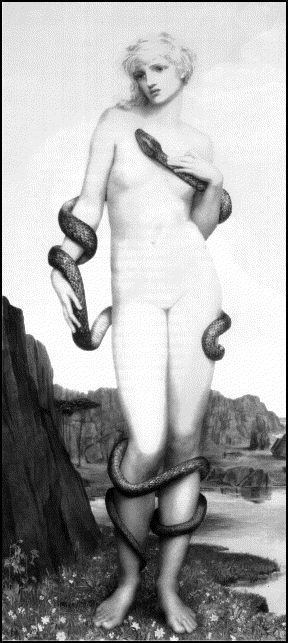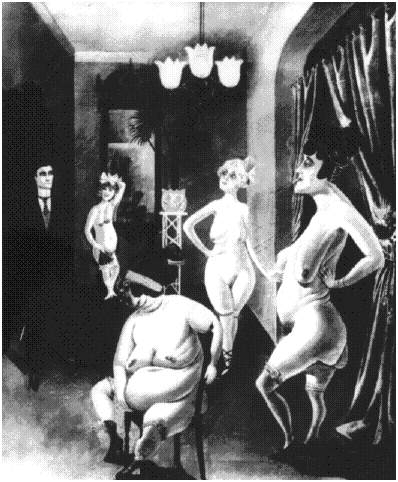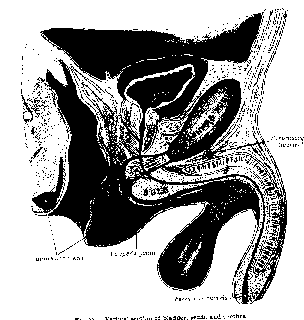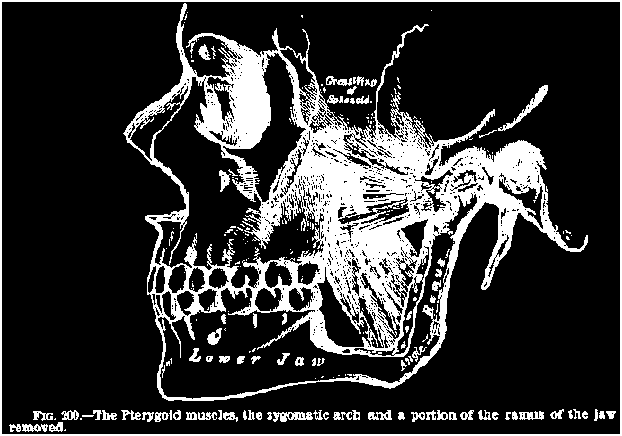The Victorian Nude
Alison Smith
(Watson-Guptill)

The singular characteristic of the more than 200 pictures represented here --- some exquisitely colored and enlarged --- might be described as painters, sculptors, sketchers involved in a game of Hide and Go Seek: where the most delicious of the private parts are shielded from the eyes of hungry viewers by a myriad of devices: hands, shadows, scarves, wings, leaves (especially fig), branches, drapes, boa feathers, general murk, the edge of the canvas, hips and legs, the body being half-turned away --- and, in one case, half-obscured by a giant snake.
On the occasions where there is no barrier to obscure what Restoration songsters dubbed the furbelow, it is rendered as a flesh-colored humplet --- with no more hair than a clam, without even the trace of a cleft.
Nudity in art, according to the editor, was traditionally permitted because of the classical influence --- women in pastoral settings, or in a classical pose: Eve in the garden, Psyche and Cupid, the Rape of the Sabines, the Sirens, Phyliss and Demophoon, Phryne, Dædalus and Icarus. As long as the art work was stitched in the Classic mode, there was implicit permission to abandon all garb --- suggesting rustic harmony, female virtue, and perfection.
Viewing nudity brought sexuality out in the open; this was thought to create an intolerable disorder in society. This mode of thinking survived for over a hundred years, terminating --- in England --- in the Longford Report of 1972. That closely written document concluded that there always has been pornography, there always will be pornography, and there is scant evidence that it creates public harm.
The usual excuse for censorship is that pornography is harmful to children, but the report suggested otherwise, which makes some sense: if you and I were allowed to join the discussions, revelations and exhibitions that take place daily in your typical schoolyard or behind the barn, we would quickly be dispossessed of the view that sexuality is not a part of the child's world view. Juvenile innocence is something that the adult world has dreamed up --- and has a powerful vested interest in sustaining.
Be that as it may, as a result of various Anti- Which set us to thinking, as we were thumbing through the last few chapters, "The Modern Nude" and "The Artist's Studio." There are several full-page paintings, sculptures, daguerreotypes, and photographs of children in the buff, including Guglielmo Plüschow's explicit shots of street girls of Rome, alongside paintings of unadorned pre-pubescent boys by William Stott and John Sargent. With such heavy penalties being doled out to those who possess such suggestive art, it gave this reviewer sufficient pause and, thus --- in the interest of personal freedom --- immediately after completing this review, we mailed off our copy of Exposed (I swear to you Judge, it was our only copy) to the Curators at the Ronald Reagan Presidential Library and Museum with a brief note stating that it was a gift from "A Friend" (with an appraised value of $45). We did this in the hopes that the gentle librarians there in Simi Valley would not be shipped off to the pokey by the contemporary Victorian thought police because of what some might consider dangerous paintings and photographs hiding at the back of an otherwise worthy book of Art of the late 19th Century.
Maimed
Hermann Ungar
(Twisted Spoon Press
Box 21, Prague)

Well, not really. Like a Kafka novel, everything has been falling apart from the very beginning. Franz Polzer (the word means "weenie") worries about his fellow workers in the bank laughing at him; he worries about the widow stealing sheets of paper from him; he worries about how yellow and hairy she is; he worries about a hole in the knee of his best pair of pants; he worries --- as all good neo-schizophrenics must --- about worrying.
The child in her belly was breathing, the living child. Soon her belly would be opened and the child would lie before Polzer, naked, with tubular limbs and deep creases in the flesh at the joints, a girl, with a line between her legs...He did not want it, it should never be.
This meditation on his soon-to- She was ugly and everything was a torment, But everything had to be a torment and everything had to be ugly. "Everything had to be ugly:" Franz with his "big red hands." Karl with his stumps and suppurating wounds. Sonntag with his blood-stained apron. Frau Klara, with the swollen belly, her breasts which fell to the side when she lay down, the hairs between them, her fat face, the hands that had grasped all over the bodies of the men. This is an absolutely riveting tale, told with an absolute minimum of detail --- filled with quick, impressionistic sketches. With its repeated horrors out of the daily grind of life, it reminds one of the post WWI art of Weimar Germany known as Die neue Sachlichkeit --- "the new matter-of- The Maimed is thus first cousin to Die neue Sachlichkeit. There are no flowers here, no trees, no happy children, no happy people. The characters are trapped in a miserable merry-go- Kafka --- a contemporary --- is merry and bright compared to Ungar. At times, the world of The Maimed is so drab, so bleak, so miserable, so misogynistic that one wants to lay it aside, especially when the cripple Karl starts in to talking about Klara's body, Her stomach is ugly, isn't it? Covered with folds of fat? You must be able to see it when she bathes...You say she is not very fit. Her breasts, her fat stomach, slap slap, flabby as boiled pork. Just like that, Polzer, slap slap, the mother sow! But The Maimed works on several levels besides one of naked disgust. There are the tiny details that tear the characters apart (and hold the novel together): the butcher's knife, and the blood-stain on his apron; Polzer's hat that people seem to laugh at; the Saint Christopher painting that hangs over his bed (that falls crashing to the ground); the suit that a stranger buys him; and --- again and again --- "the white part in Klara's hair." These are themes that bind the story tightly, symbols that come banging together at the very end when Klara Porges' head is found, in the stairwell, wrapped on a dirty cloth, chopped off at the neck. This is one of two novels written by Hermann Ungar before he died in 1929 at the age of thirty-six. The present edition contains a brief fragmentary final chapter that the author himself rejected when the book was published in 1923. It should not have been included here; in four pages, it undoes much of the ambiguousness that lends such power to this story of cruelty and unrest and anxiety. The translation by Kevin Blahut is fine. The design of the book is a gorgeous, subtle work of art all on its own.

